Welcome to the Dupuyer, Montana Town Picture Tour
Slow down the truck this is Dupuyer, Montana the turn-off for the Swift Reservoir is close so keep your “eyes peeled.”
Dupuyer, Montana takes its name from Dupuyer Creek (See the video), which borders the town. The Blackfeet called the creek Osaks itukai, “Back fat” (referring to a buffalo delicacy). When French Canadian trappers came through the area, they translated it as Depouille, meaning “hide”. Over the years, the name went through several spelling changes.
Dupuyer, was a colorful frontier cattle town and 1880s stop on the Fort Shaw-Fort MacLeod Trail (Whoop-Up Trail), is the oldest town between Fort Benton and the Rocky Mountains. Joe Kipp and Charlie Thomas, whiskey traders, settled here to raise cattle in 1874 and sold their holdings to Jimmy Grant in 1877.
The refugees of the Riel Rebellion came to Dupuyer Creek in 1885 and many remained to make this area their home. The Home Ranch on Dupuyer Creek was headquarters for the famous Seven Block Cattle spread of the Conrads and a frequent stopping place for Montana’s noted western artist, Charlie Russell*.
*From Montana’s Historical Highway Markers By Jon Axline, Glenda Clay Bradshaw

The Whoop-Up Trail
Goods were hauled from Fort Benton, Montana to Fort McCloud, Alberta (240 miles) on bull trains. Large groups of Murphy wagons, capable of hauling from two to five tons of merchandise each, were hitched together and pulled by multiple teams of oxen—called bulls. The last bull train between Fort Benton and Fort Macleod took the trail in 1892.
The wagon drivers were called “Bullwackers.” A good “Bullwacker” was courageous, tough and had an incredible vocabulary to “encourage” the oxen to continue on. You can still see a remnant of the Whoop-Up Trail east of Shelby, Montana (See gallery below).
To find wagon ruts on land accessible to the public is almost impossible to do. You have to travel to Chief Plenty Coups State Park near Pryor, Montana to see remnants of the “Bozeman Trail.” Travel farther south of Alzada, Montana to see wagon ruts from “The Black Hills Expedition of 1874,” led by General George Custer.
Fortunately, a Shelby area family donated land in 1966 that allows future generations to see the past first hand.

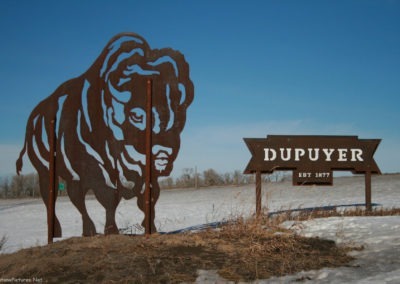
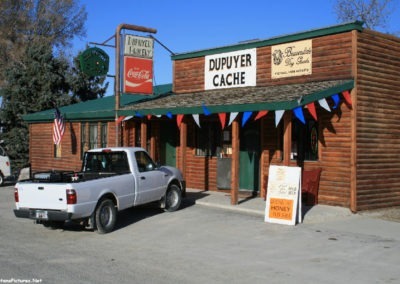
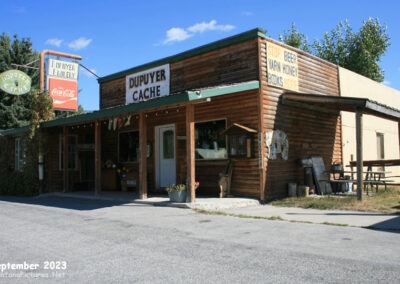
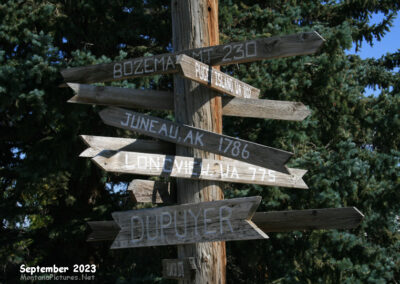
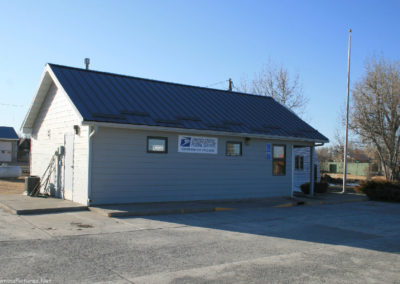
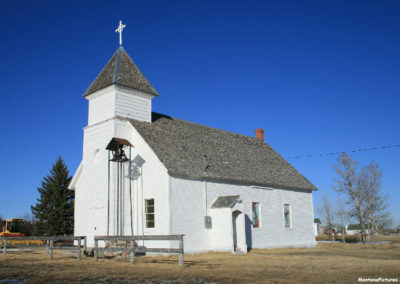
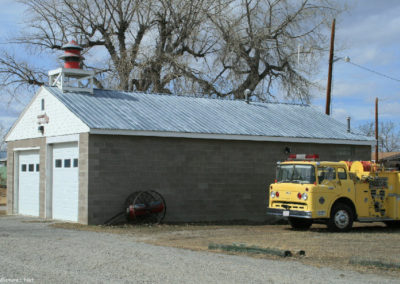
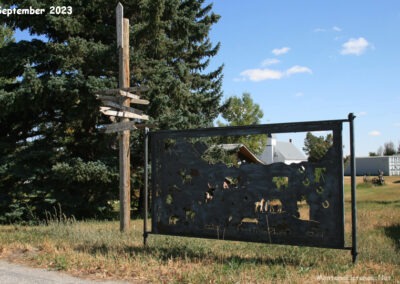
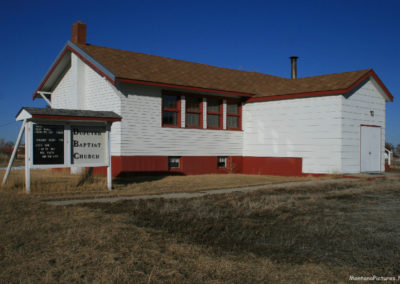
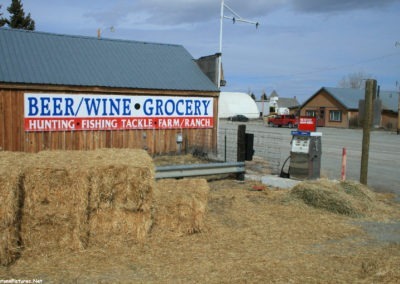
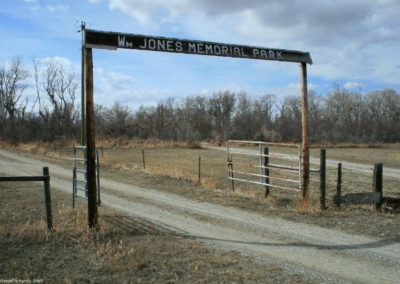
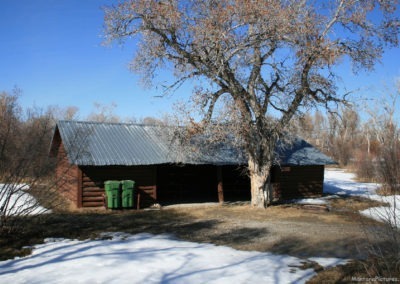
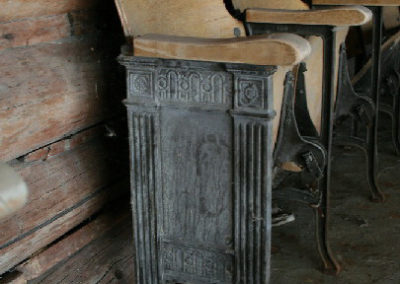
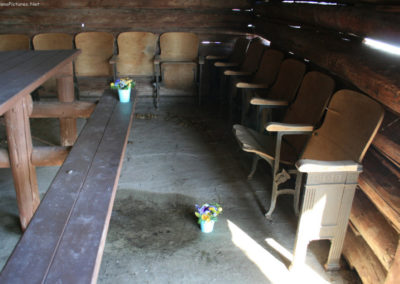
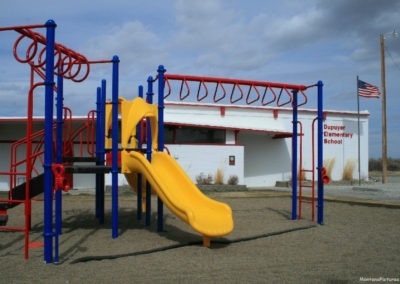
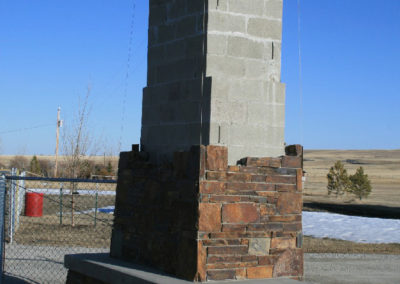
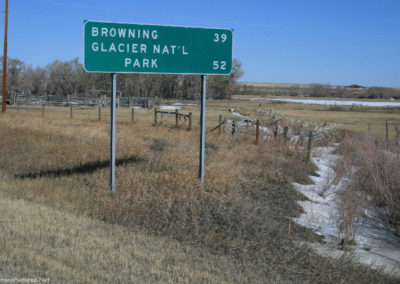
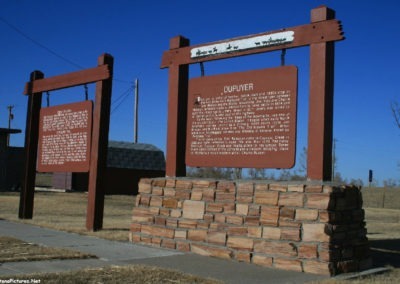
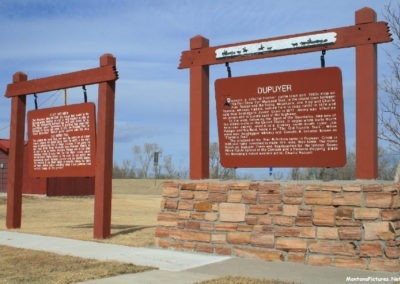
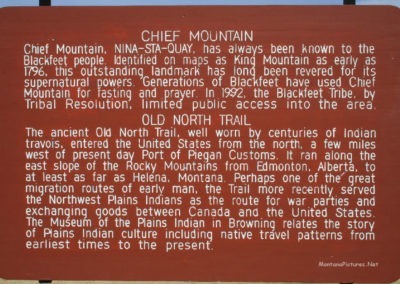
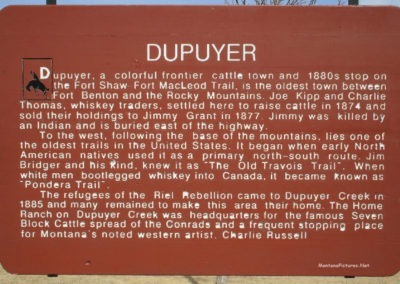

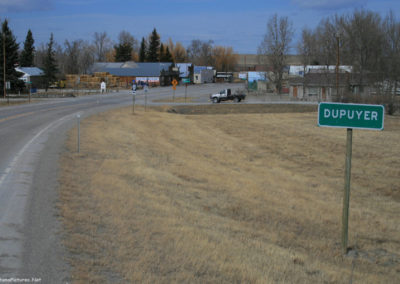
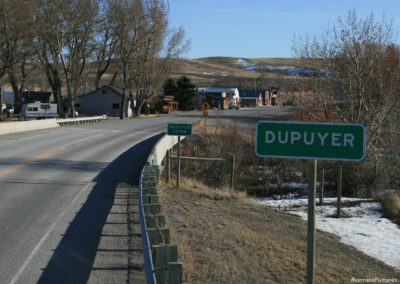
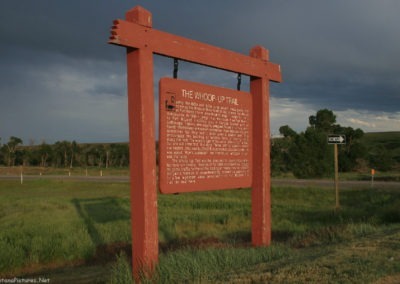
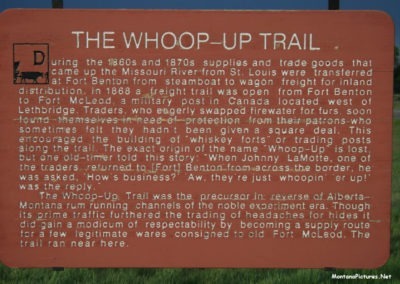
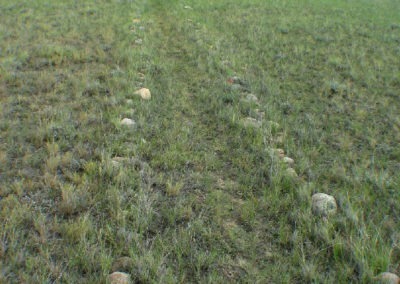
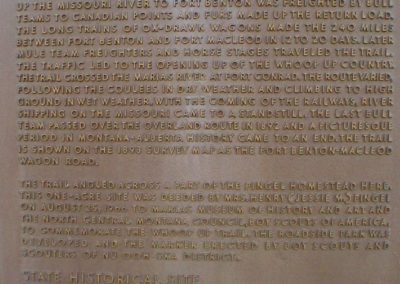
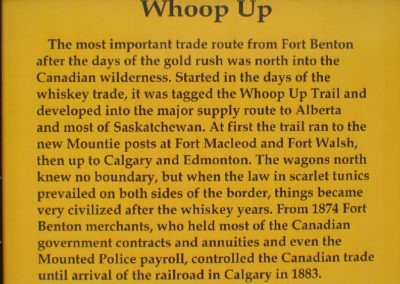
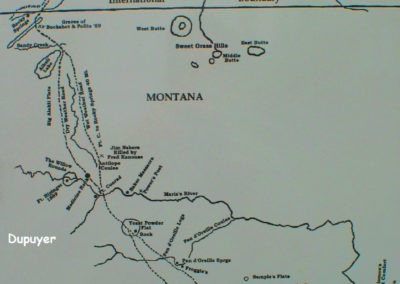
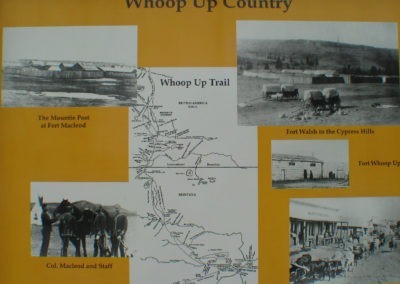
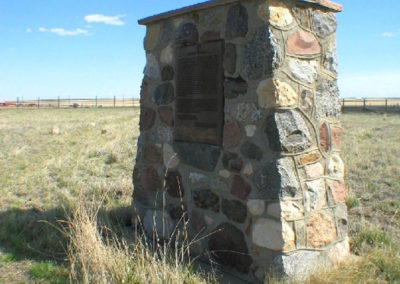
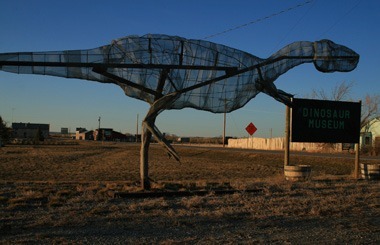
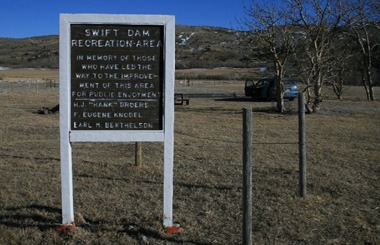
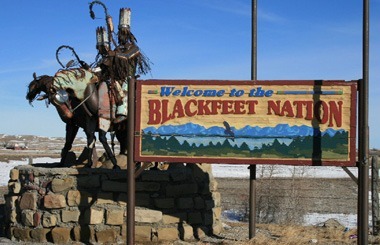
Recent Comments